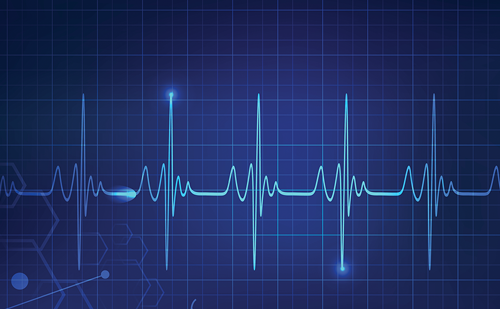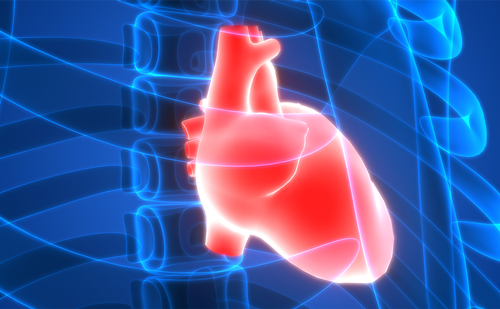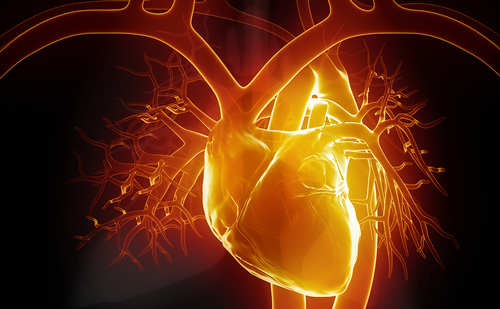Single coronary artery from the right sinus of Valsalva
Abstract:
Overview
We describe a case of a single coronary artery originating from the right coronary sinus and bifurcating into the left coronary artery (LCA) and right coronary artery (RCA) in a 74-year old woman, with a non-ST elevation acute myocardial infarction (NSTEMI). Diagnosis was made by coronary angiography which ruled out stenosis, and showed normal LCA and RCA branching. The connection path of LCA, with the opposite cusp, was defined retroaortic by multislice computed tomography (CT). The variants of this coronary anomaly, together with their clinical implications and pathophysiology of acute myocardial infarction (AMI) are discussed. Multislice CT is fundamental for clinical decision making.
Keywords
Coronary artery anomalies, single coronary artery, multislice computed tomography; right sinus of Valsalva.
Article:
Article Information:
Correspondence
Elio Venturini, via Brodolini 27/C, 57023 Cecina (Li), Italy. Tel: +39.0586.614210. E-mail: vent.elio@tin.it
Received
2011-05-11T00:00:00







